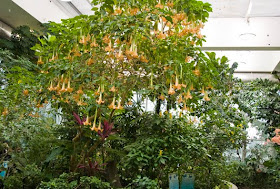
Readers might recall that our last article about our naked mole rat colony discusses the complexity of pup life and their survival. We were once again reminded of these facts when our two queens recently gave birth to litters within six days of each other.

On September 7th, Elphaba gave birth to eight pups. Of the eight, six were either stillborn or died shortly after birth. The remaining two died within three days without any signs of having been nursed.
Then, Galinda gave birth to 26 (!) pups on September 13th. All were extremely small and underdeveloped. Sadly, none survived their first day.
Here are some interesting observations:
• This six-day difference is the shortest time span yet between the two queens’ litters. Readers might recall that at one time their litters were born 45 days apart.
• Previous to the last two births, we’ve been able to accurately predict the queens’ “due date” – 90 days for Elphaba, 80 days for Galinda – making Elphaba 19 days late and Galinda just four days late.

If they both follow their historic trends, Galinda will give birth on December 2nd (day 80) and Elphaba will give birth on December 6th (day 90). Should some survive, this four-day difference will make the closest aged cousins in the colony. It will be interesting to observe how they interact and whether the colony treats the pups from each litter differently.
But there are a lot of reasons to suspect that more time will pass before Elphaba’s next pups –if any – are born. Why is Elphaba’s gestation becoming longer? Is this connected to increased competition between the two? Has something changed in their environment? Elphaba may not actually have longer pregnancies – more likely she does not get pregnant for the first ten days. Galinda may interfere with immediate mating and Elphaba "sneaks in" mating opportunities as she can. The queens have a receptive cycle that dictates when they can be pregnant. If Elphaba misses her first opportunity, the next will occur about 10 or 11 days later. If Galinda delays her yet again, it will be another ten days or so until she is again at a part of her cycle that allows her to become pregnant. With fewer opportunities to mate, we would see smaller litters spaced further apart in time.

As December nears, the Animal Care team will be busy preparing for pups. We want to provide the healthiest and most welcoming habitat possible for them. The rest is up to the two queens. Stay tuned!



















